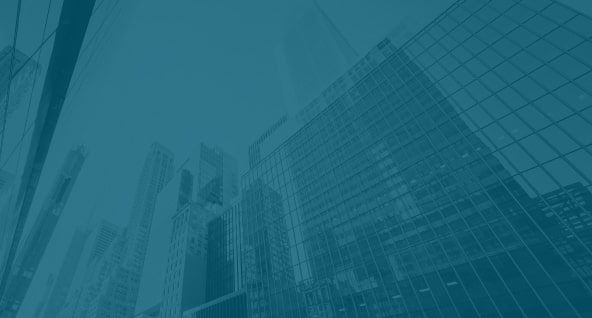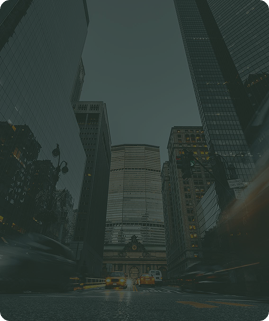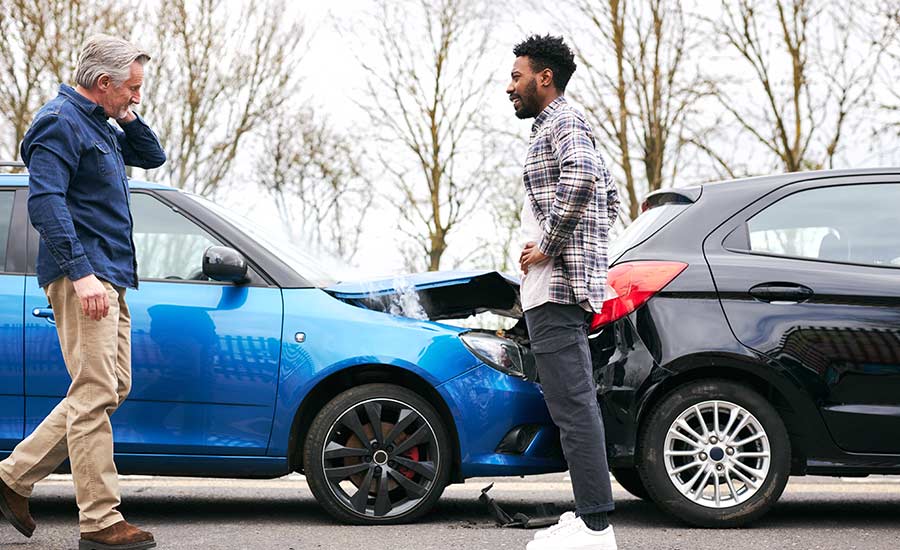

Who is at fault in a rear-end collision? Our personal injury attorneys will answer this question and more.
Our experienced team at Spar & Bernstein is here to provide valuable insights and guidance to help you navigate the aftermath of a rear-end collision.
How Is Fault Determined In A Rear-End Accident?
Determining fault in a car accident involves a careful assessment of the circumstances surrounding the accident.
The determination process can vary depending on whether the state follows a fault-based system or no-fault system.
At The Law Offices of Spar & Bernstein, we determine fault in the following way:
Our firm will conduct an investigation. We will speak with you to get your side of the story. We will identify any witnesses to the accident and speak with them.
We will try to obtain photographs of the post-accident scene and conduct research into how the accident occurred.
We will conduct an investigation to determine if there is any possible surveillance footage of the accident. If there is, we will try and obtain the surveillance footage.
At-Fault States
In fault-based systems, fault is determined by assessing whether one or both drivers were negligent, meaning they failed to exercise reasonable care, which resulted in harm or damage.
In jurisdictions with contributory negligence laws, you are barred from seeking compensation if you are found even 1% at fault for the collision.
In jurisdictions with comparative negligence laws, if both drivers contributed to the accident, their percentage of fault is assessed and they are awarded damages accordingly.
For example, if your percentage of fault for the accident is 20%, your compensation for injuries and damages will be reduced by 25%.
No-Fault States
In no-fault states, including New York and New Jersey, all drivers must carry Personal Injury Protection (PIP) insurance. Insurance companies are required to provide it in your insurance policy.
After an accident, each driver’s PIP covers their medical expenses and other financial losses, regardless of who caused the accident.
Who Is At Fault In A Rear-End Collision?
In most cases, the person at fault in a rear-end collision is the driver of the vehicle that rear-ends the front vehicle.
This determination of fault comes from the concept that drivers have a duty to follow at a safe distance and be aware of the movements of the vehicles in front of them.
Drivers are expected to leave extra room between vehicles and always remain aware of the situation on the road — especially if there are external factors that might contribute to an accident, such as bad weather conditions.
If You Hit Someone From Behind Is It Always Your Fault?
If you rear-end someone, it is not always your fault. Even if you hit a vehicle from behind, there might be other parties that can be held liable for the collision. Liable parties in a rear-end accident can include:
- The lead driver, if they made sudden and unpredictable maneuvers, failed to use turn signals, reversed into the rear vehicle while backing up or had malfunctioning brake lights
- The driver of another vehicle, if they changed lanes without signaling or made an abrupt turn, contributing to the accident
- A car parts manufacturer, if the manufacturer produced a defective product, such as faulty brakes or defective electronic control systems
If there was an emergency, for example, a sudden gust of snow or wind, which caused the lead car to suddenly stop, and the lead car acted responsibly, then it might not be the lead car’s fault.
Determining liability in a rear-end collision can be complicated, which is why partnering with a trusted attorney is an important part of ensuring you are fairly compensated for your injuries and damages.
Caring for victims of motor vehicle accidents for 50+ years, our team at The Law Offices of Spar & Bernstein approaches each case with the utmost compassion and attention to detail, while fighting for your rights every step of the way.
If you were involved in a car accident, schedule a consultation with our team to make sure your interests are fully protected.
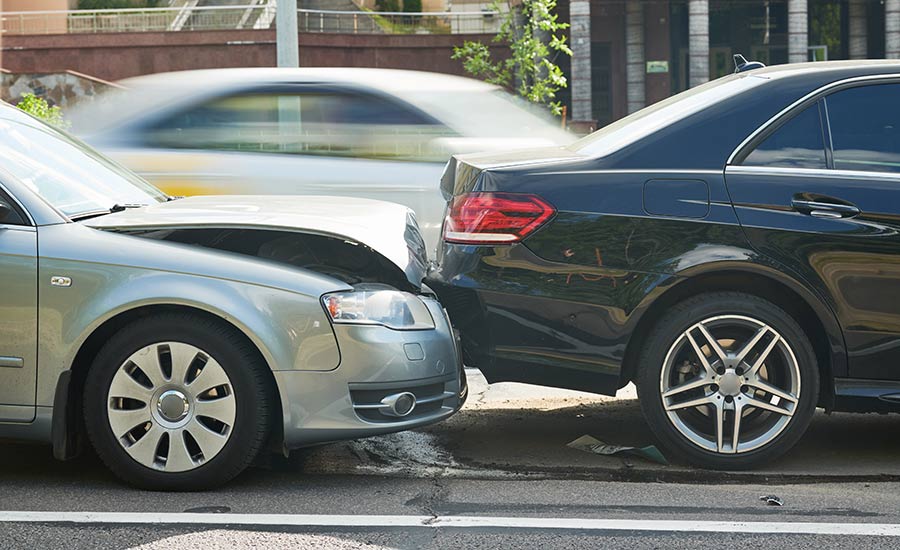
How To Prove Fault In A Rear-End Collision
Proving fault in a rear-end collision requires careful review of the accident details, along with evidence that supports the case.
To prove fault in a rear-end collision, a personal injury attorney will:
- Obtain a copy of the police report: A police report includes an assessment of the accident scene by a police officer, statements from drivers Involved in the accident, any witnesses to the accident, and any citations issued.
- Review eyewitness details: Eyewitness statements can provide crucial perspectives for determining fault in a rear-end collision.
- Gather evidence: Evidence can include pictures and/or videos of the accident scene, vehicle positions, road conditions and traffic signals.
- Check for camera footage: A lawyer will check for surveillance or traffic camera footage that may have captured the collision and show who was at fault.
- Talk to accident reconstruction experts: A lawyer may hire an accident reconstruction specialist who can use scientific methods to analyze the scene, vehicle dynamics and other factors to determine fault.
If you were involved in a rear-end collision, schedule a consultation with our team at The Law Offices of Spar & Bernstein.
We will look into the details of your case and gather the evidence needed to prove fault.
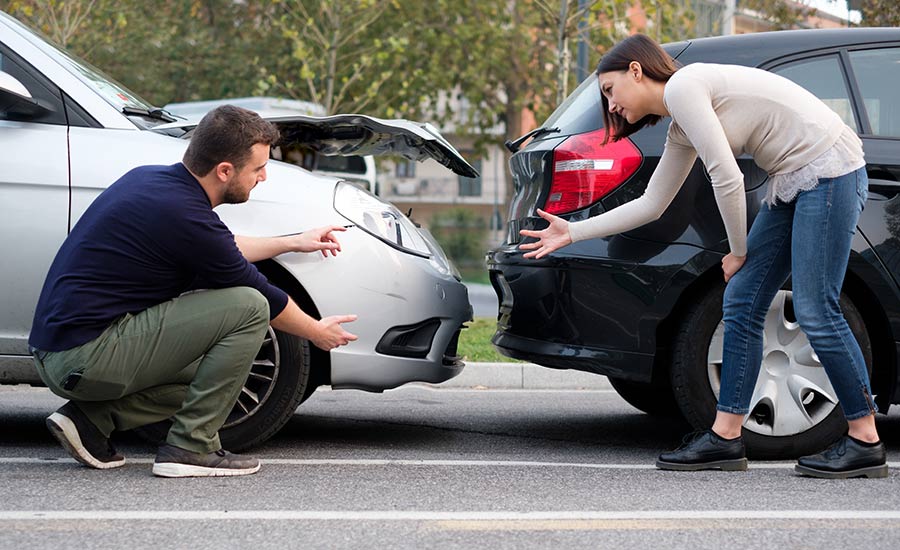
Were You Injured In A Rear-End Collision? Schedule A Consultation With Spar & Bernstein
With a long track record of success stories, our experienced attorneys at Spar & Bernstein are committed to providing you with the support you need after a rear-end collision.
Our knowledgeable personal injury team will:
- Conduct a thorough investigation to establish the circumstances that led to the accident
- Talk to accident reconstruction specialists and other experts to analyze the dynamics of the collision, including vehicle speeds and braking distances
- Assess traffic laws and regulations to identify violations committed by the parties involved
- Gather detailed statements from witnesses
- Identify the types of damages you can seek in a personal injury case
- Work with medical professionals to determine how much your case is worth
- Handle communication with insurance companies to ensure fair compensation
- Provide legal representation in court, if your case goes to trial
Schedule a consultation with our tenacious team and find out how we can help.
FAQs About Rear-End Accident Fault
Still have questions about fault determination in a rear-end collision? Read through our frequently asked questions below to find answers.
What are the most common causes of rear-end collisions?
The most common causes of rear-end collisions include:
- Following too closely behind the leading vehicle, known as tailgating
- Texting or talking on the phone
- Speeding
- Failing to stop on slippery roads due to rain, snow, or ice
- Failing to yield
- Driving under the influence of alcohol or drugs
- Stopping abruptly without warning
- Driving with malfunctions in the braking system
Is driver distraction a common cause for rear-end collisions?
Yes, according to The National Highway Traffic Safety Administration (NHTSA), 87% of rear-end collisions involve driver distraction.
Can I dispute fault in a rear-end collision?
Yes, you can dispute fault in a rear-end collision. To dispute fault, hire a trusted personal injury attorney.
How does traffic congestion affect fault in a rear-end collision?
Heavy traffic does not affect fault in a rear-end collision, as drivers are expected to proceed cautiously at all times, regardless of traffic patterns.
If both drivers contributed to the collision, fault may be shared. Work with an experienced attorney to look at the situation from all angles and advise on next steps.
Is it possible that neither driver is at fault in a rear-end collision?
Yes, it is possible that neither driver is at fault. This might be the case if:
- The rear driver had a sudden medical emergency
- The rear driver was unable to stop due to a design or manufacturing defect in the vehicle (in this case, you may have a product liability case against the vehicle manufacturer)
Can I be held liable for a rear-end collision if I was hit from behind from another vehicle?
Although you are expected to maintain a safe distance at all times, there are scenarios when you may not be at fault if the driver behind you pushed you into the car in front of you.
For example, if you had left enough space in front of you but the power of the impact was so strong that you hit the car in front of you, you might not be at fault.
Talk to our lawyers at Spar & Bernstein to obtain the best legal advice on your case.
